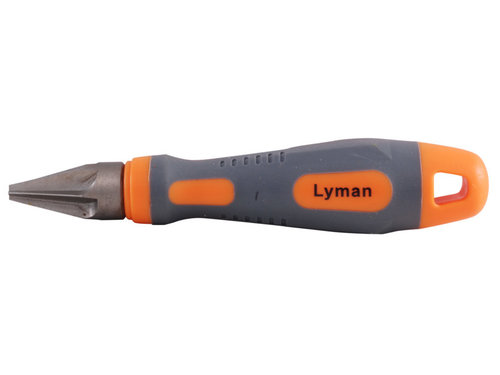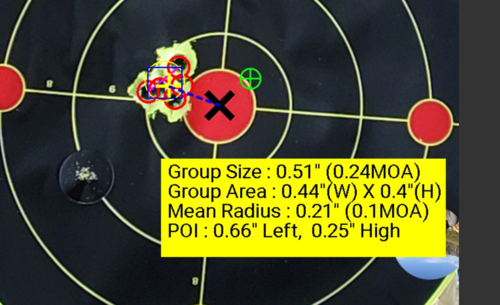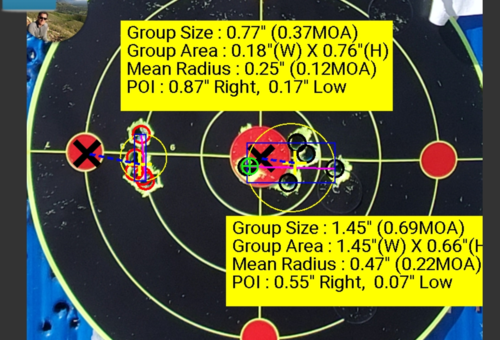antelopedundee
Well-known member
Does your seater die crimp as well? If so have you checked to make sure it's not crimping too soon?
I think it would be highly unlikely that a 7 mag seater die would crimp as you would be limited to bullets with a cannelure. The way he describes setting it would not give any crimping.








